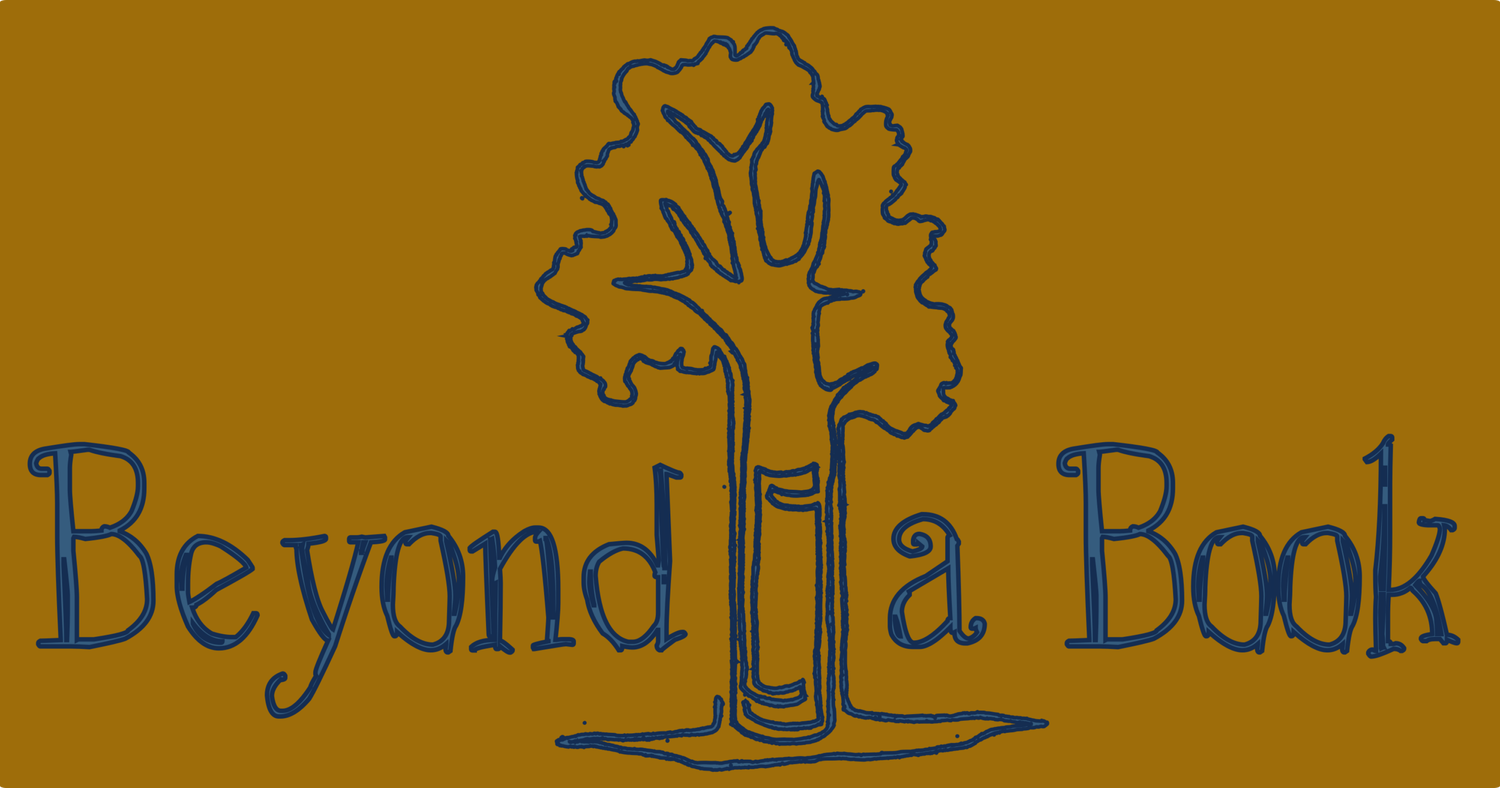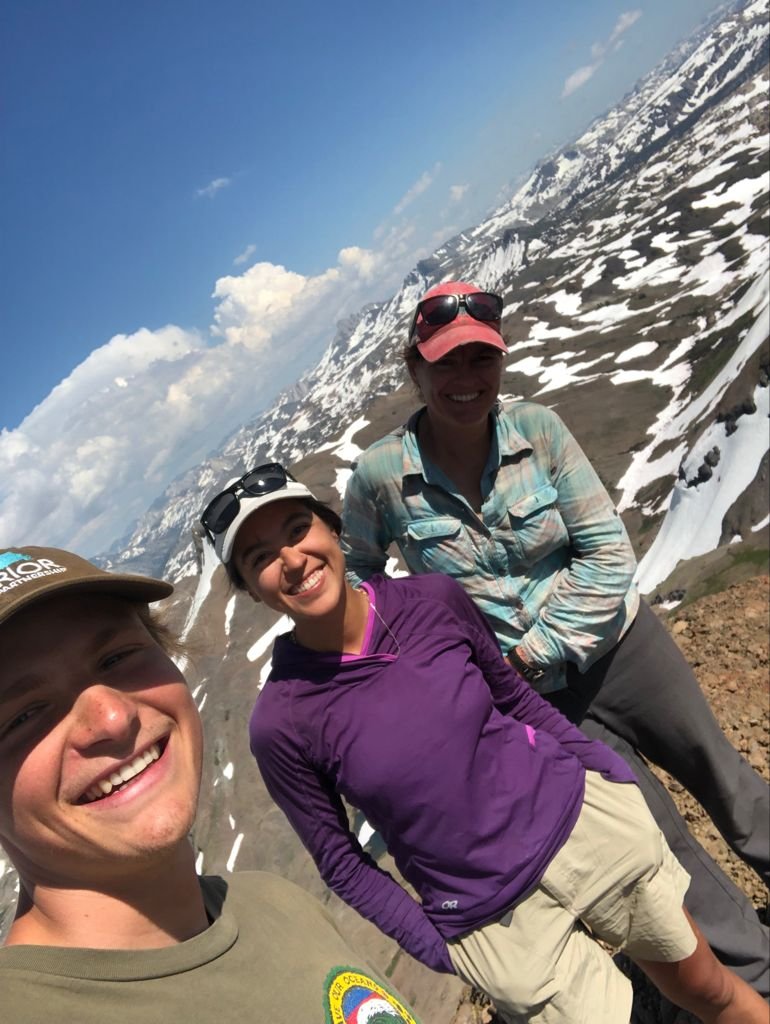by Sara Dykman
Two weeks ago a message from my friend, Kira, popped up on my phone. We might not have permits or a boat or ANYTHING figured out, but we have scales and calipers and rulers. The message, along with a photo of the recently arrived gear made me cackle. The gear, shiny new and anxiously ready, was all part of our plan which had fallen apart a few days earlier.
We did a lot of our planning on WhatsApp…
The plan had been to canoe a river in Ecuador, document frog diversity, and inspire other people to love frogs as much as we do.
We, by the way, includes Kira, Eli, and myself. The three of us met on a frog crew in California several summers ago. Our job was to walk into the mountains and count tadpoles. It wasn’t a cake walk. We trudged over summits, waded through wetlands, and bushwacked through acres of alders. Eli and Kira’s good company and the constant hope of finding frogs made the clouds of mosquitos and wet socks amusing. We were motivated by frogs, so forward we went.
Eli, Kira, and I on a weekend, mountain-climbing adventure.
Our motivation to find frogs never faded. When Eli suggested a herping trip in Panama, Kira and I said yes.
Said plan didn’t last long. A long line of boring logistical hurdles presented themselves, so we pivoted to Peru. Then, a month later, more red tape made us change our plan to Ecuador. None of us really cared where we looked for frogs.
It wasn’t just our mutual frog fandom that led us to plan a six week frog adventure together. It was also the convenient fact that we get along. Like all the people I have traveled with, Kira and Eli have three necessary qualities to be good traveling companions. They say yes to wild ideas, laugh while miserable, and can deal with my often standoffish intensity.
Kira and I had worked several summers together. Her generous laughter and even-tempered attitude made the hardest days easier. I enjoyed her company so much so that we spent our weekends climbing mountains together. She motivated me up peaks I would have been too scared to do solo. She joined me (without complaint) on my invented cross-country “routes.” When I pulled out a map and traced a thirteen day route to a peak most people climb in three days she laughed. Then she said okay. I laughed too. It was a ridiculous plan and I was thrilled someone else understood why going the ridiculous way was the way to go. I like pushing and being pushed.
I doubt I would have climbed this mountain had Kira not be there to motivate me onward.
Eli had only been on our crew for one summer, but several incidents let me know he would be a good traveling companion. First was when he and I were tasked to survey a stream that was more poison oak than water. We crawled through the vines like spies avoiding laser beam traps. We complained in the way that suggests the hardship is delightful. I laughed more than I cursed. Each time we caught a snake (there were no frogs, go figure) I appreciated his enthusiastic reverence.
Eli is smiling despite the fact that this is our stream survey.
The second moment was on a weekend backpacking trip. Eli had just finished his oatmeal when I took a bite of my own oatmeal mush. The normally mediocre meal had surpassed my expectations. It was tainted with the distinct and offensive flavor of my dehydrated bean supper.
Eli had used the same water. “Did your oatmeal taste like beans?”
“Yeah,” Eli said with a grin.
I apologized and took a mental note. Between the contaminated oatmeal and the multiple-day detours I knew both would be able to handle the inevitable-yet-unexpected turns which defined most adventures.
Our frog adventure began in the planning stages.
When we jumped into planning our original focus was on how to canoe an isolated river in the Ecuadorian Amazon, which centered on survival. What would we eat? How could we filter the turbid water? Would we need hammocks to avoid floods and snakes?
These were the easiest questions to answer: We would eat whatever there was, and if all we could find was rice, well then rice it would be. Our plan to filter water was to look for the cleanest side channels or let more turbid water settle before filtering it through our gravity filter. Surely eight backup cartridges would be enough to keep us from going thirsty! Plus, we had a plan B (a Steripen) and a plan C (collect rainwater). The answer to hammocks was yes. We would bring one for each of us, plus an extra for our guide.
With food, water, and shelter covered, we could focus on other aspects of the trip. We wrote research proposals and found an Ecuadorian biologist that could add us to his existing permit. Contacts led to more contacts and our plan to document frogs and add to biodiversity research started to shape up.
We had a plan for food, water, shelter, permits, and guide help. We even had a logo!
Then things fell apart.
Just days after we bought our plane tickets to Ecuador our permits were denied. Then our guide stopped messaging us. Then we were quoted a double-digit, per PERSON, per DAY price for a boat rental. With only two weeks before our departure it was too late to pivot to a new country. I called Kira to go over our options.
“What story do we want to tell in ten years?” I ask Kira on the frantic phone call. “Do we want to say that we tried to organize a trip to study frogs in Ecuador, but gave up when we learned our permit was denied?”
We had done more than organize. We had bought bug nets, dry bags, and extra batteries for our headlamps. We had printed field guides and laminated them (with a recently purchased laminator). We had a long list of Ecuadorians and amphibian biologist contacts in our phones.
“Or,” I continued my train of thought, “do we want to tell the story of us showing up in Ecuador with absolutely no plan to see what unfolded?” Maybe we could find a river that meandered around government bureaucracy? Maybe we could find a researcher that need three volunteers to spend a month looking for a frog? Maybe we could spend a month wasting our money and chasing an impossibility.
The better story had all the risk. The better story had all the possibility.
So we continued to pack. On November 4th I googled Is pumpkin pie considered a gel? My pumpkin pie purchase had been part of the last-minute-packing chaos that precedes most trips. I hadn’t made a dent in the dessert, but Google assured me I could pack some in either my carry on or checked baggage.
Then on November 5th I flew to Quito. I met Kira and we spent the 6th looking for fuel for our stoves. We knew there was a 50% chance of finding white gas in Ecuador. After a day of buses, taxis, and walking to hardware stores big and small, we decided to look at one more place. A man had suggested going to El Bosque. The forest, I thought. That sounded promising. So we hailed a taxi and told the driver we wanted to go to El Bosque. We zoomed through the city. We passed a thousand small shops, and I crossed my fingers that El Bosque would deliver. Then my heart sank. The taxi turned into a giant parking lot and straight to the entrance of a mall. We got out of the taxi, cursed El Bosque, and started walking towards our hostel. There was absolutely no point in going in. I was 110% sure the “camping store” we had been directed to was a glorified shoe store without white gas.
“Plan B it is,” I said as we trudged back to the main road. Our stoves could run off gasoline, so gasoline it was!
At the end of our first day in Quito we hadn’t found white gas but we did find a woman that invited us to her balcony for a view of the Basilica.
Plan As are not necessarily better than plan Bs, Cs, Ds, or Es. Plans are just directions to go. So for now our direction is forward. We won’t be on the river we expected. We have cut our research down to simple identification. We have shortened the length of the trip. We have accepted that our paddling trip might be a sitting-in-a-boat getting-shuttled-around trip.
Today we meet Nenquerei, our guide, and we will go over our plans again. Our trip will morph, but I am more confident than ever that we will get in a boat before we leave Ecuador.
So frogs, here we come!






